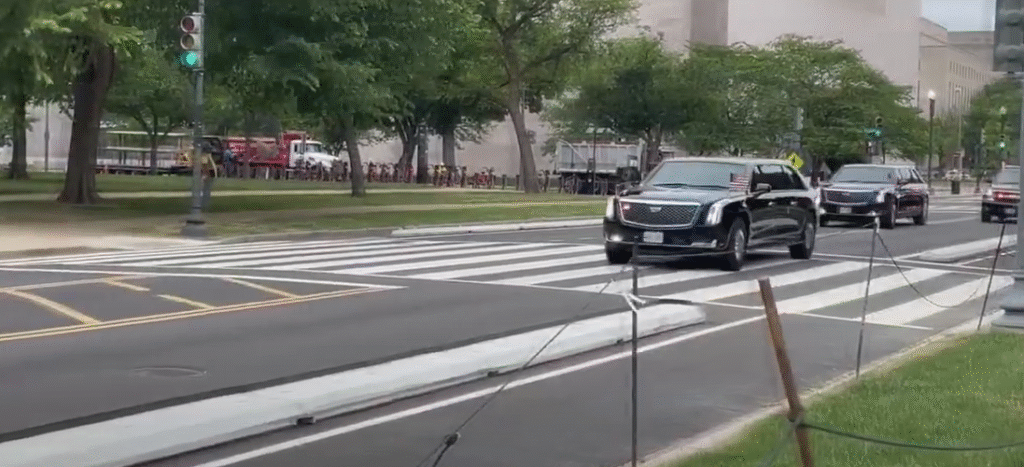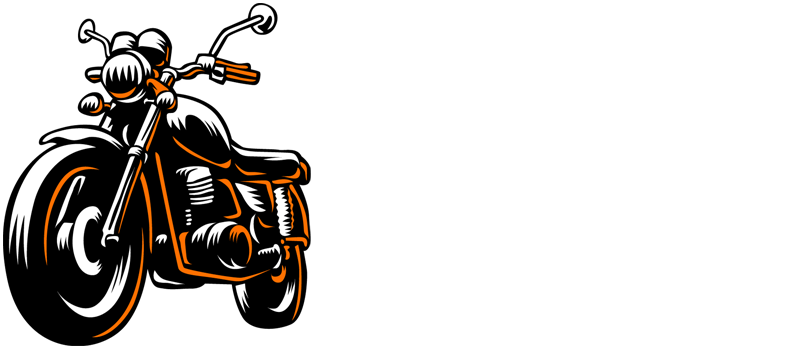The United States entered a new era in 1909 when William Howard Taft traded in horse-drawn carriages for a fleet of automobiles. At a time when many people viewed the automobile as a dangerous luxury, his decision was remarkably successful in legitimizing it. In addition to altering presidential transportation, Taft inspired a country to embrace innovation by turning the White House stables into garages. The way Elon Musk reshaped the public’s perception of electric vehicles by portraying them as emblems of contemporary advancement was remarkably similar.
Table of Famous Presidents and Their Vehicles
| President | Vehicle(s) | Type | Notable Facts | Reference |
|---|---|---|---|---|
| William Howard Taft | Baker Electric, Pierce-Arrow, White Steamer | Early Automobiles | First president with official cars; replaced horse stables with garages | Wikipedia |
| Woodrow Wilson | Pierce-Arrow | Limousine | Loved his state car so much he kept one after leaving office | Wikipedia |
| Herbert Hoover | Cadillac V-16 Fleetwood | Limousine | Stylish design by Harley Earl, cementing Cadillac’s luxury reputation | Wikipedia |
| Franklin D. Roosevelt | Packard 12, Al Capone’s Cadillac | Luxury Cars | Used Al Capone’s armored Cadillac until his own was ready | Wikipedia |
| John F. Kennedy | 1961 Ford Thunderbird, Lincoln Continental | Convertible | Lincoln Continental became infamous after Dallas, Thunderbird boosted sales | Wikipedia |
| Lyndon B. Johnson | Amphicar, Lincoln Continental, Jeep | Amphibious & Ranch Cars | Famously drove guests into lakes with Amphicar as a prank | Wikipedia |
| Ronald Reagan | Jeep CJ-6, Subaru BRAT | Off-Road & Ranch Vehicles | Gifted Jeeps from Nancy Reagan, often photographed clearing brush | Wikipedia |
| Bill Clinton | 1967 Ford Mustang Convertible | Classic Car | Loved his Mustang; often said he missed driving it while in office | Wikipedia |
| Barack Obama | Ford Escape Hybrid, Chrysler 300C | Hybrid & Sedan | Early adopter of hybrid technology, symbolizing environmental concern | Wikipedia |
| Joe Biden | 1967 Corvette Stingray | Sports Car | His prized car gifted by his father, still speaks of it fondly | Wikipedia |

Initially uninterested in automobiles, Woodrow Wilson soon fell in love with the Pierce-Arrow limousine that was given to him. The sleek and sophisticated car became so much a part of who he was that friends later bought him one as a personal gift. This love demonstrated how automobiles can become enduring symbols of a person’s identity that go beyond practicality. The narrative makes it very evident how leaders embrace modernity’s symbols, much like modern-day celebrities incorporate Tesla or Rolls-Royce into their lifestyle brands.
Hoover’s Cadillac V-16 Harley Earl, the visionary who would go on to design the Corvette, created the imposing and fashionable Fleetwood. The Cadillac conveyed a sense of stability during a period when Hoover was dealing with economic instability. This decision was especially novel since it used design as a subtly political instrument, demonstrating that style and resiliency could still inspire confidence in the face of national adversity.
The relationship between Franklin D. Roosevelt and his automobiles was intriguing. He loved his Packard 12, but in the midst of World War II, something more durable was needed for safety. FDR temporarily used Al Capone’s seized Cadillac, which was already equipped with bulletproof glass, while he awaited his own specially designed armored vehicle. The irony was eerily reminiscent of contemporary leaders using the technologies of their enemies for practical reasons. Roosevelt’s improvisation, which transformed a gangster’s ride into a presidential necessity, demonstrated the flexibility required of leaders.
Known for his youthful glitz, John F. Kennedy cherished his 1961 Ford Thunderbird. As a cultural endorsement, the car’s participation in his first parade increased sales across the country. However, the Lincoln Continental he rode in Dallas in 1963 is unavoidably associated with his name. The car was once a symbol of elegance, but the tragedy turned it into a somber reminder of vulnerability. As Princess Diana’s Mercedes did decades later, it continues to be a potent illustration of how automobiles can represent both victory and loss.
Perhaps the most jovial president was Lyndon B. Johnson. He enjoyed fooling visitors at his ranch in Texas by crashing an Amphicar into lakes while feigning that the brakes had failed. Visitors gasped before realizing the car could float after the terrifying and hilarious stunt. Despite its eccentricity, the Amphicar was remarkably adaptable, and Johnson’s antics emphasized his extravagant personality. His use of Lincolns and Jeeps echoed the way modern country musicians lean into pickup trucks as extensions of authenticity, reinforcing his image as a tough rancher.
Ronald Reagan, who loved ranch life just as much, enjoyed his Subaru BRAT for property work and his red Jeep CJ-6, which Nancy Reagan had given him. These decisions demonstrated tenacity and common sense, traits he publicly cultivated and admired. His reputation as a hands-on leader rather than a detached politician was strengthened by the vehicles’ exceptional dependability in ranch settings. The symbolism is eerily reminiscent of how contemporary athletes, such as Tom Brady with his Aston Martin, use automobiles to conflate their private passions with their public personas.
Bill Clinton exuded charm and nostalgia in his 1967 Mustang convertible. During his presidency, Clinton frequently talked about how much he missed driving it, a sentiment that many regular Americans could relate to. His Mustang represented youthful energy and was remarkably resilient, lasting for decades as a personal treasure. Like modern celebrities who display vintage cars to highlight their taste and relatability, it linked him to an American tradition of freedom and coolness.
Barack Obama’s decision to drive a Chrysler 300C and a Ford Escape Hybrid was a reflection of his values of sustainability and family-friendly functionality. Obama’s move was especially helpful in demonstrating environmental responsibility long before hybrids were popular. This worked incredibly well to align his image with innovation; it was eerily reminiscent of Leonardo DiCaprio promoting his eco-friendly reputation by showing off the Toyota Prius on red carpets.
In addition to being incredibly personal, Joe Biden’s continued affection for his 1967 Corvette Stingray has political significance. The Corvette, a wedding present from his father, stands for passion, family, and continuity. Biden often talks about its roaring engine and classic design with obvious affection. It represents Biden’s longevity in public life and is incredibly resilient, having held up flawlessly for decades. Similar to Jay Leno’s renowned automobile collection, Biden’s Corvette strikes a chord as a genuine manifestation of who he is rather than a staged show.
Given his taste for luxury, Donald Trump owns a number of high-end vehicles, such as a Lamborghini Diablo and a Rolls-Royce Phantom. His cars serve more as extensions of the brand’s image, highlighting luxury and grandeur, than as everyday vehicles. Like today’s influencers who use fancy cars as a shorthand for success on social media, the strategy is very effective at enhancing his image.

